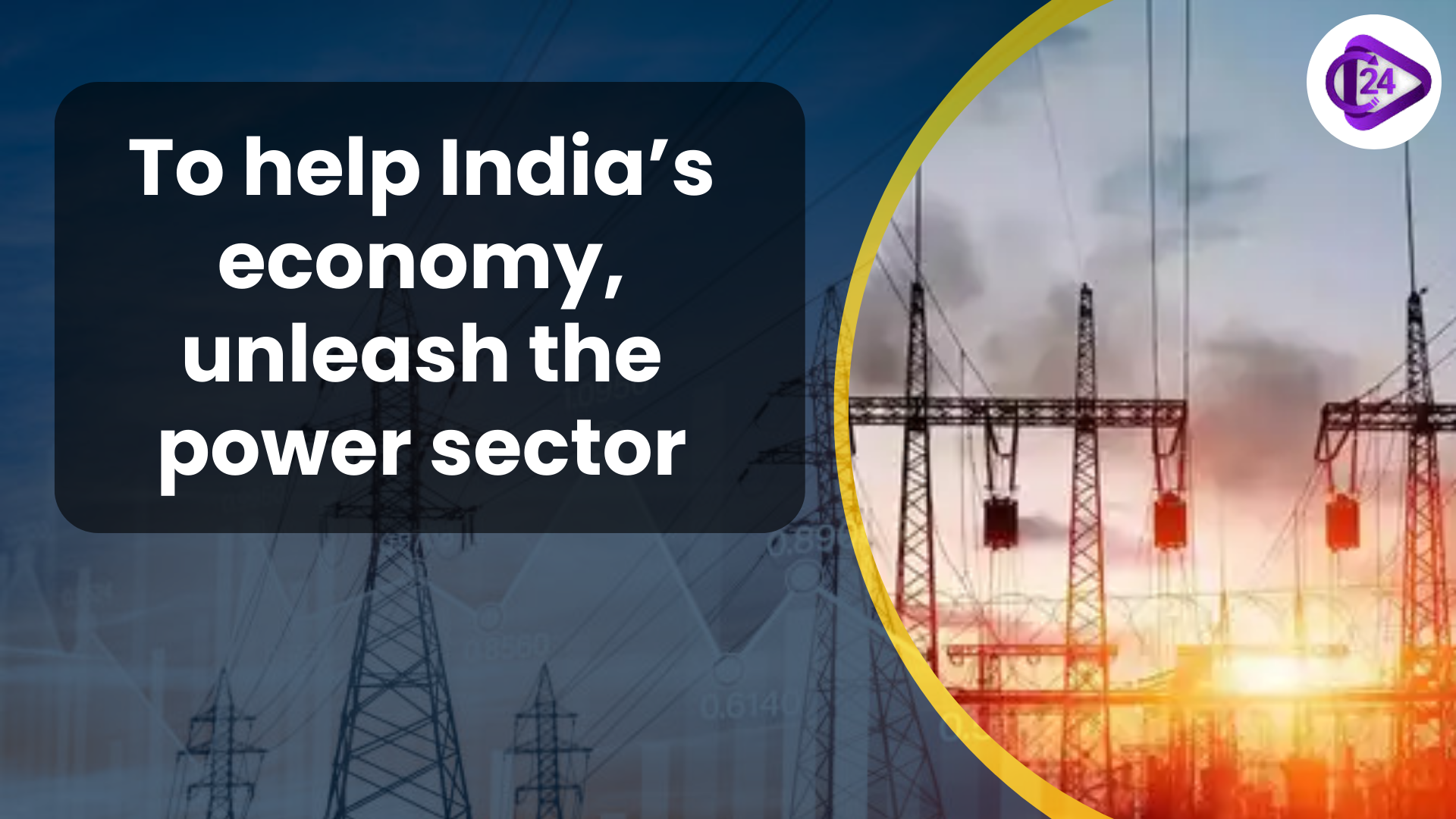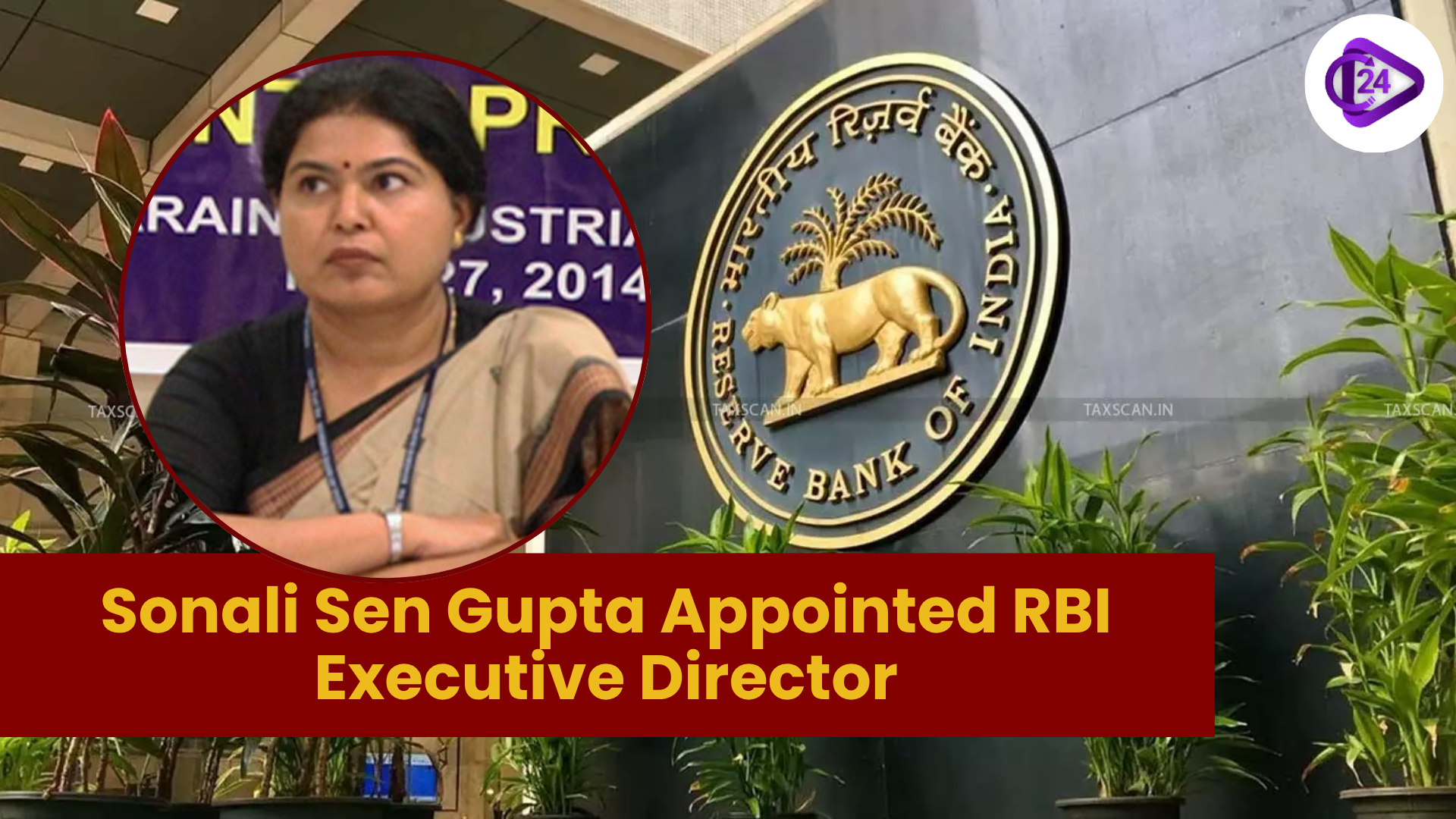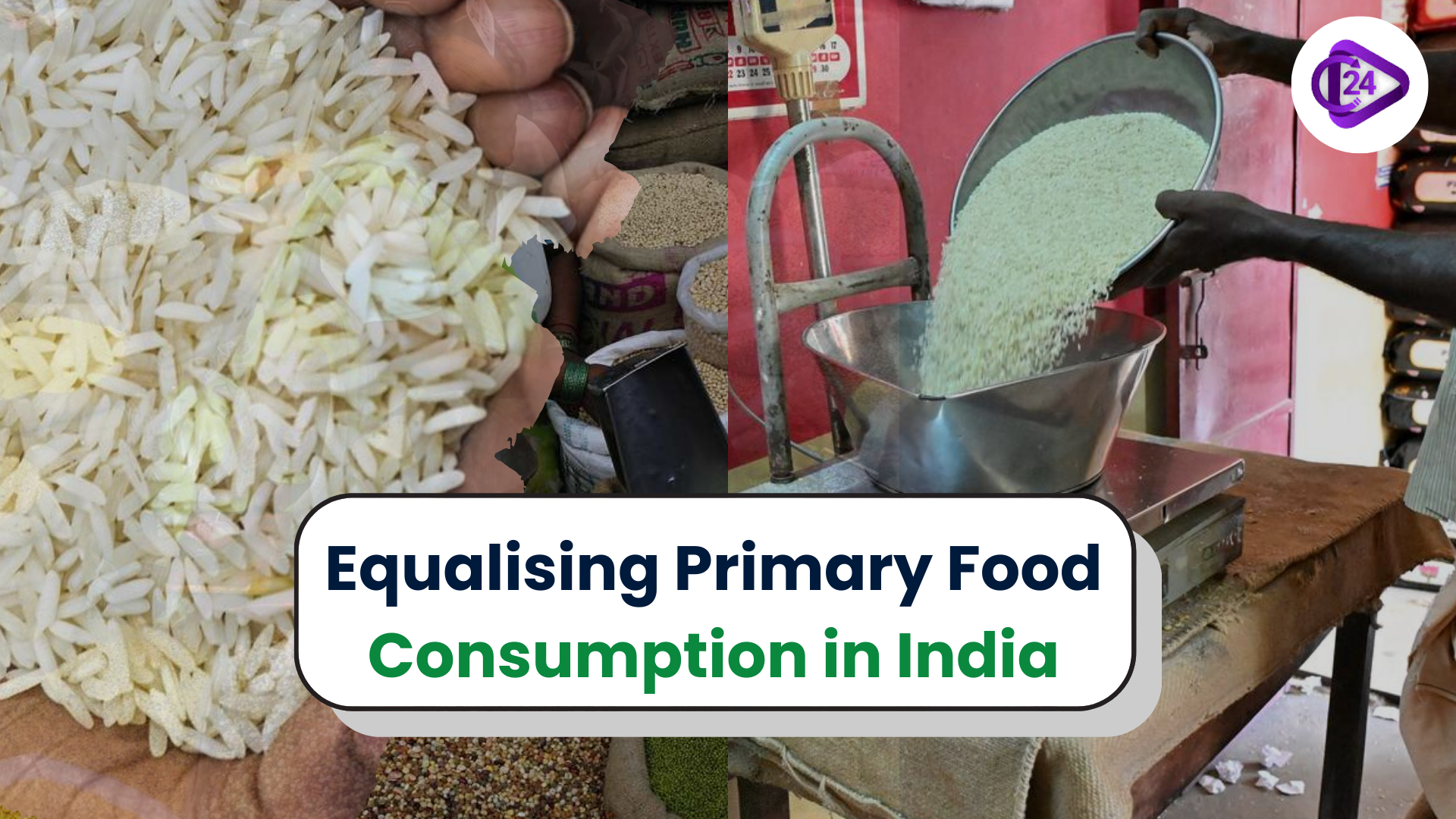
The Indian economy is experiencing a slowdown because the electricity sector remains one of the major barriers. The Indian power sector is handicapped with inefficiencies, high electric costs, cross-subsidies, and these negatively impact on manufacturing and competitiveness. In spite of these hurdles, reforms of the industry have come at little political cost, and the current state government has been propping up its status quo. Nevertheless, power sector restructuring is essential in enhancing the economic prospects of India, eliminating waste, and boosting growth in the manufacturing as well as the services sector. A transition to efficient pricing as well as directed subsidies is the key to success in the future.
Context of points:
-
The changes in India need to happen in the power sector to stimulate economic competitiveness.
-
The electricity prices and cross-subsidies presently do not help efficiency that slows down the growth and adds to the production expenses.
Key Points
Electricity Pricing and the Effect it brings to Manufactory
-
The electricity prices that Indian firms pay are two times that of the efficient supply price and serve as a veiled manufacturing tax.
-
Inefficiencies and cross-subsidization increase the prices of the small and medium enterprise, thus impacting on the competitiveness of the economy.
Change in Distribution of Subsidies
-
Subsidies on electricity, which were mostly on commercial agriculture, now comprise both houses and agriculture in almost equal shares.
-
Electricity subsidies benefit the households, especially middle-class people and the rich in the biggest proportion.
Waste in Subsidy Distribution
-
More than 70-85 percent of subsidy money is actually spent on middle and upper-income households and not the people in need.
-
Add to this the inefficiencies that are further worsened by cross sub-sidization, which is detrimental to economic activity and manufacturing.
Electricity Reform of Prices
-
This needs to be supplemented by a more efficient electricity pricing system of focusing on simplicity and minimising cross-subsidies ensuring that nobody is charged more than the efficient cost of supply.
-
The transition cost and reforms should be funded through collaboration between the central and sample governments.
The Role of Public Sector Monopolies in Hindering Growth
-
The power distribution industry which is mostly controlled by public sector monopolies incurs immense economical losses.
-
Just as the electricity sector in India saw improvement due to similar overhaul in telecommunications, the same picture is needed today in the electricity sector.
Conclusion
A significant transformation in India is needed in the electricity industry to unlock the potential in the economy. These inefficiencies, exaggerated prices and waste of subsidies are the reasons that the manufacturing and economic growth are being stunted. India can transform its economy into a more productive and competitive one by carrying out specific reforms targeted at effective pricing, decreasing cross-subsidies. Such transformation is required so that India can continue to be competitive in the global arena and utilize the potential in the power sector.



 ASSOCHAM New President Nirmal Minda to Drive Industrial Innovation and Sustainability in India
ASSOCHAM New President Nirmal Minda to Drive Industrial Innovation and Sustainability in India 8th Pay Commission 2025: Latest News, Salary Hike & DA Update
8th Pay Commission 2025: Latest News, Salary Hike & DA Update Sonali Sen Gupta Takes Charge as RBI Executive Director
Sonali Sen Gupta Takes Charge as RBI Executive Director Shram Shakti Niti 2025: India’s Future-Ready Labour Policy for Employment Growth
Shram Shakti Niti 2025: India’s Future-Ready Labour Policy for Employment Growth Secure UPI Transactions: RBI and NPCI Introduce Biometric Authentication
Secure UPI Transactions: RBI and NPCI Introduce Biometric Authentication Shirish Chandra Murmu Appointed as RBI Deputy Governor
Shirish Chandra Murmu Appointed as RBI Deputy Governor India and Australia Sign Mutual Recognition Arrangement (MRA) for Organic Products
India and Australia Sign Mutual Recognition Arrangement (MRA) for Organic Products Cabinet Approves Rs. 69,725 Crore Package for India’s Maritime Growth
Cabinet Approves Rs. 69,725 Crore Package for India’s Maritime Growth Satellite Internet in India 2025: Bridging the Digital Divide
Satellite Internet in India 2025: Bridging the Digital Divide Equalising Primary Food Consumption in India: PDS & Nutrition Gaps
Equalising Primary Food Consumption in India: PDS & Nutrition Gaps






